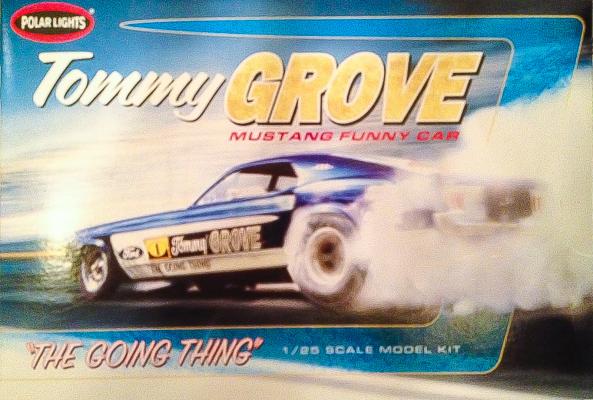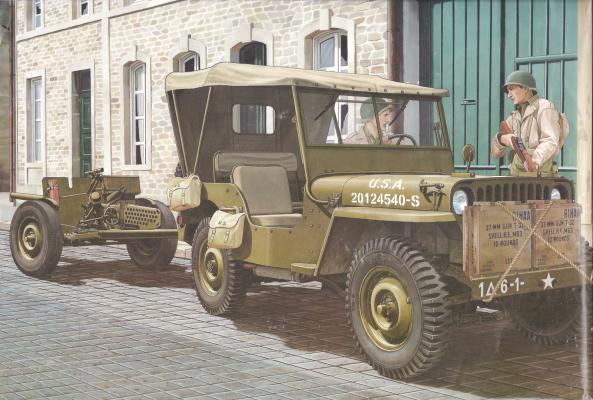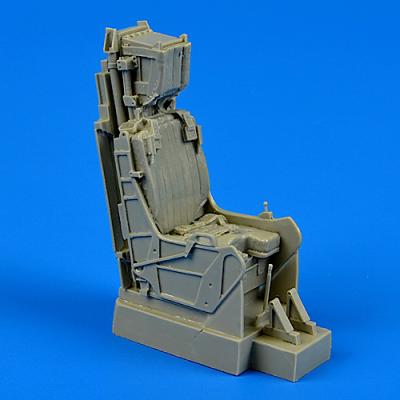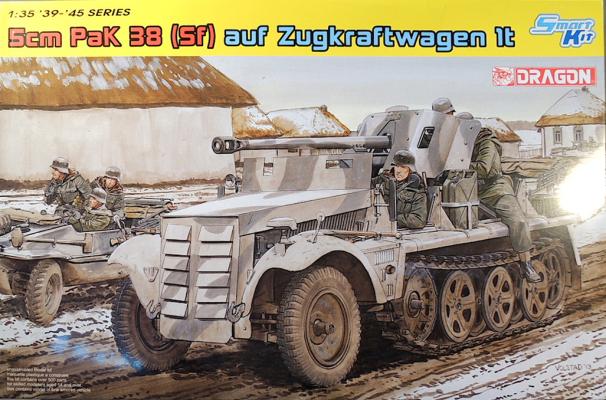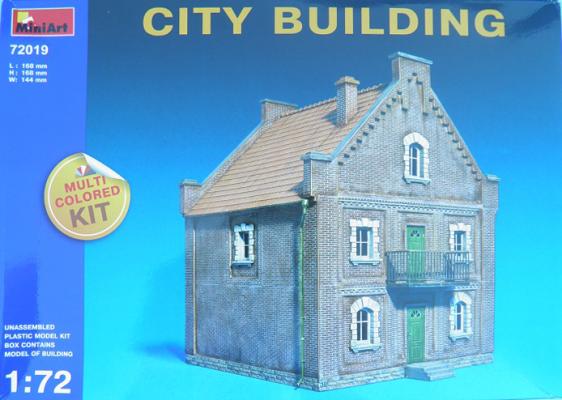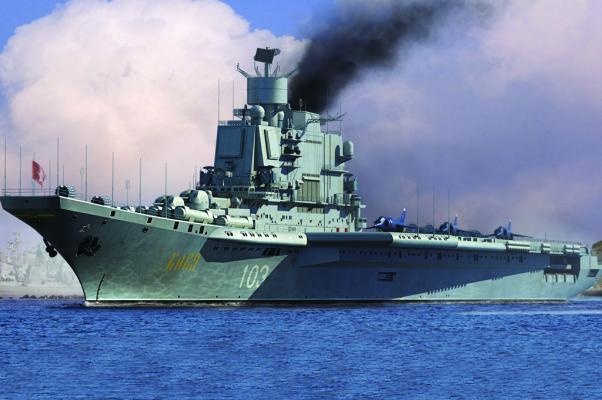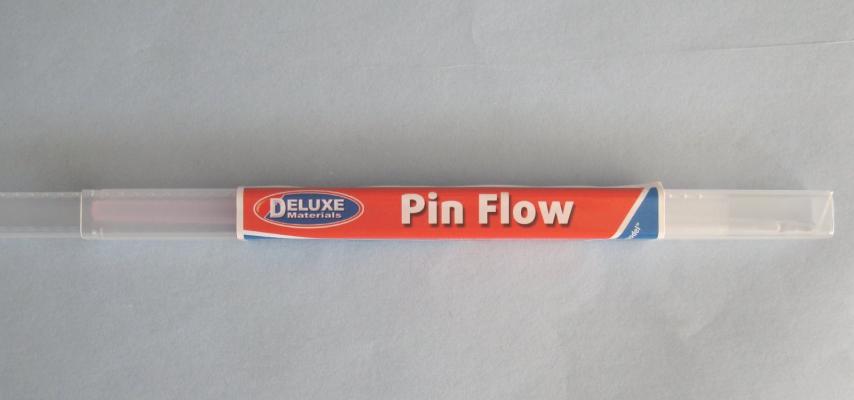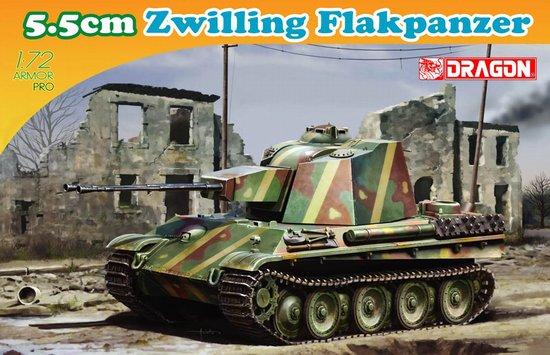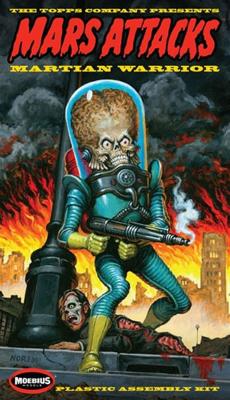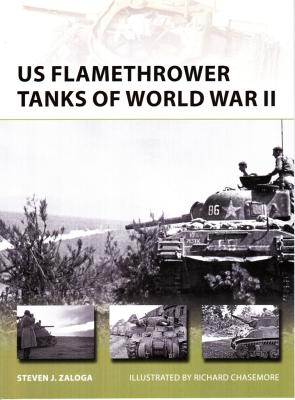Introduction
Tommy Grove drove this 1969 Mustang based funny car through two seasons. The car depicted in this kit was one of the first funny cars to break the 200mph barrier. Running a 1500hp blown 427ci single overhead cam (SOHC) Ford, this car was hard to beat in its time.
The Kit
Harkening back to the days when artwork sold models, this box is graced with a cool burnout photo. Inside you get about 80 parts in white, chrome and clear plastic. The tires are rubber, with the rear tires done with backside inserts and preprinted “Racemaster” lettering. A single sheet of instructions and a nice decal sheet complete the package. There are extra parts that allow you to choose the style of wheels (front and rear), front end and the type of engine intake you want. The photos on the box confirm that there were several part variations on this car during its short career.

